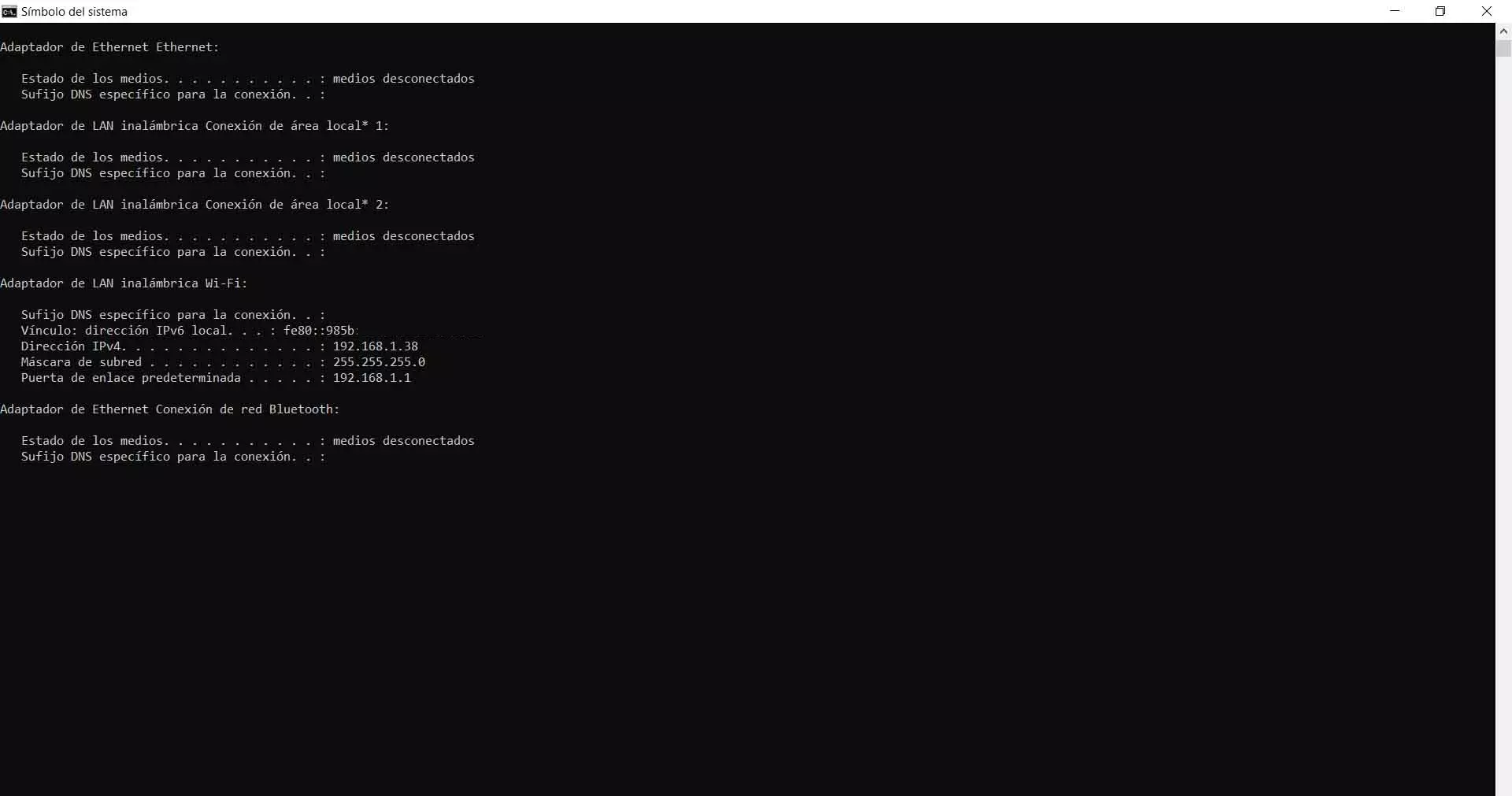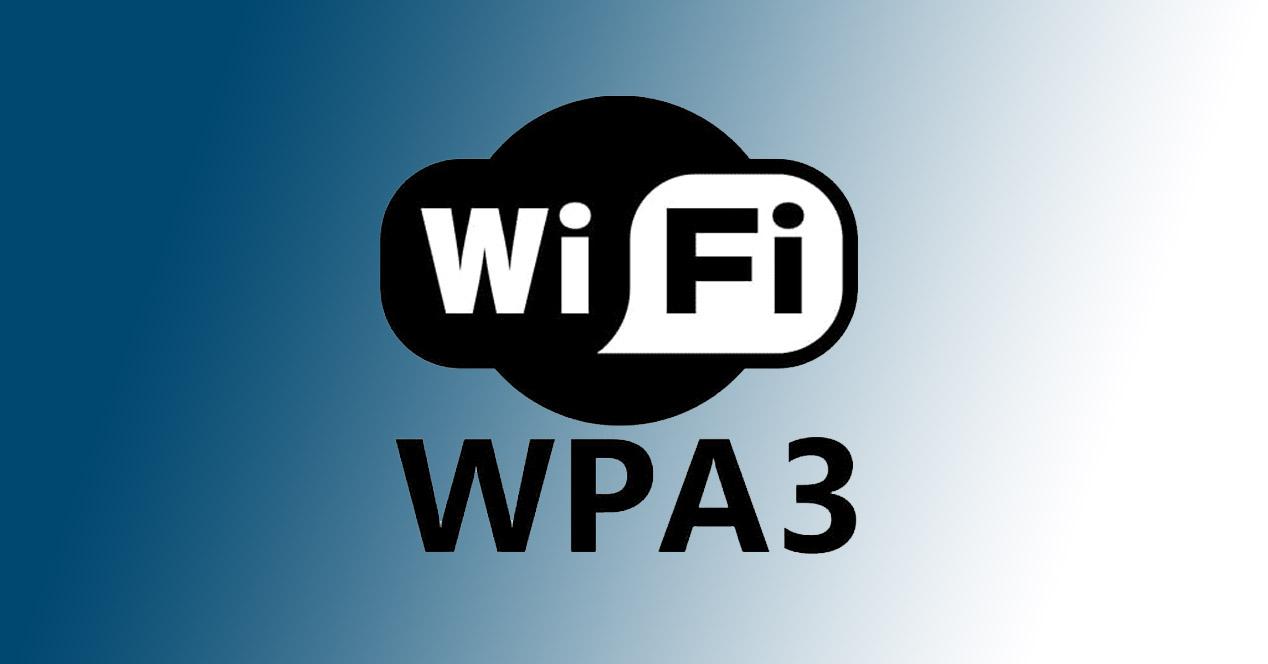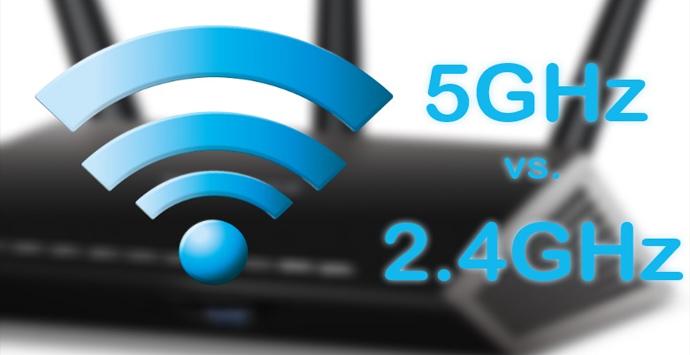
DDoS attacks
Another very popular type of attack that can put your router at risk is what is known as DDoS. It is an attack of denial of services in which the attacker is going to cause it to stop working correctly. You may not even be able to connect other devices or the speed is very bad or there are many cuts.
Basically what a hacker causes is a router crash. You are going to send a lot of requests and it makes you unable to solve all of them and it becomes saturated. It is something that they can carry out against servers and other computer equipment that may be compromised at any given time.
Also, the router could be part of a botnet. This is how a network of zombie computers is known, controlled by attackers and that can carry out attacks against a third party or use them to send Spam.
Malicious code injection
Mention must also be made of the code injection attacks. In this case, an attacker is going to take advantage of vulnerabilities that may exist in a specific model. For example, XSS (Cross-site scripting) type security vulnerabilities. This type of flaw allows a cybercriminal to execute malicious JavaScript code on the router.
This code injection can lead to Information theft sensitive, where we can also include credentials and passwords, as well as seriously compromising the operation of the affected device. Attackers typically scan the network for devices that might be vulnerable.
Keep in mind that there are many vulnerabilities that can appear at any given time. They can affect routers and access points. They typically affect a particular model or firmware version used by the device.
Modify the DNS
This type of attack is very dangerous. Yes modify the DNS of your router they could monitor which websites you visit. That is, they can redirect traffic to the pages that interest them to steal your passwords or compromise your privacy. It is a method that modifies how the router interprets the addresses you put in the browser.
Let’s say for example that you access RedesZone.net. The router, through the DNS servers, will “translate” that information into the corresponding IP address and will take you to the page you expect to access. Now, if those DNS have been modified, they can redirect you to a page that pretends to be RedesZone.net, but is actually a completely different one.
Think for example of a website to make a payment, a social network or any place where you have to put your data and passwords. All this could be stolen through these types of attacks if they manage to modify the DNS of your router. An example of this type of threat is DNSChanger.
What to do to protect the router
After talking about the main attacks that can affect a router, it is important that you know how can you protect yourself. Simply by carrying out a few simple steps you can have your device properly protected and thus prevent a hacker from exploiting it.
update firmware
Something very important is to always have the upgraded router. As you have seen, many types of attacks take advantage of vulnerabilities that may exist in the firmware. This makes it essential to keep it updated and fix any bugs that may appear and be exploited by attackers.
It will depend on the exact model you have. In some cases the router is updated only when a new version appears, but in other cases you will have to do it manually. In case you have to update it manually, you have to go to the manufacturer’s website and find the exact model you are using there. You have to download the file with the latest version available.
Once you have it, you have to access the router configuration, which is usually through 192.168.1.1 from the browser, go to Administration or similar and click on update firmware or device. You will have to load the file that you previously downloaded and start the installation process.
If you don’t know what your router’s gateway is, you can easily find out. You have to go to Start, enter Terminal and execute the ipconfig command. Later you will see a series of information, among which the default gateway will appear.
Always use good passwords
Of course, this point is essential. you should always use good keys to prevent the entry of intruders. But this should not only apply to the Wi-Fi network, but you should also protect access to the router. That password is equally imperative, as it can open the door for an attacker to gain full control.
Than password use? It must be a totally random one, with a good length and contain letters (both upper and lower case), numbers and other special symbols. You should never use the same key in more than one place, as it could cause what is known as a domino effect and could affect other equipment or services. It is advisable that you change this password periodically and in this way ensure that it is always totally secure. You can help password managers, such as LastPass.
But beyond using a good password, you should also use good encryption. You should not use outdated ciphers such as WPA or WEP as they can be exploited. Ideally, you should configure your Wi-Fi network with current encryption, such as WPA-2 or WPA-3, and thus be properly protected.
Never leave defaults
Another issue you should keep in mind is that it is not a good idea to leave the predetermined values. When you buy a router or the operator installs it for you, it comes with a configuration. For example a Wi-Fi network name, a password, etc. You should not leave those parameters as they come.
Let’s take as an example that you leave the name of the Wi-Fi network and it shows the exact model of the device. Think of a vulnerability that affects that particular device. An attacker can learn which router you have and how they could launch an attack and take over without you knowing. For this reason, it is important to always change the configuration that comes from the factory.
Protect any connected device
Beyond just protecting the router, you should also maintain security on any other device that you connect to it. For example, computers, mobile phones, televisions… In short, any other device that can become vulnerable and serve as a gateway for an intruder to access.
Therefore, everything we have explained must be applied to other devices. You must keep them updated, have security programs, use good passwords, etc. In this way you will also be protecting the entire network and you will avoid many types of attacks that can compromise your privacy.
In short, as you have seen, there are different types of computer attacks that can be carried out against your router. It is important that you protect it properly and prevent the entry of any intruders and threats that steal your passwords or personal data on computers connected to that network.





